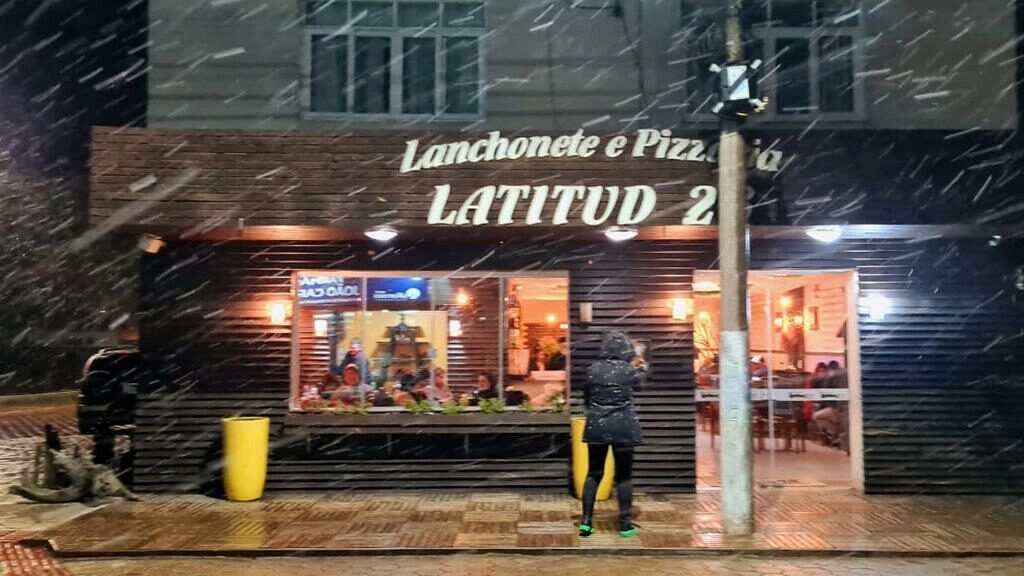
In his 2009 mockumentary "Cold Tropics", Brazilian director Kleber Mendonça Filho portrayed the unimaginable. Recife, a tropical city in the northeast of Brazil, is suddenly hit by a cold wave that pushes temperatures to impossible lows. Inhabitants are forced to adapt, penguins make an unlikely appearance and the global scientific community is left aghast.
This week, Mendonça's fictional world became a reality in southern Brazil.
While Recife and other parts of the northeast continue to enjoy temperatures of around 28 degrees Celsius, thermometers in southern states have reached unprecedented lows.
The Federal District, just south of Brasilia, recorded its coldest temperature in history at 1.4 degrees Celsius on Thursday and Sao Paulo broke a new record with 6.6 degrees on Wednesday morning, temperatures unheard of since 1990 in Latin America's largest city.
Belo Horizonte, the capital city of Minas Gerais, recorded its lowest temperature in 43 years at 4.4 degrees. And further south in Santa Catarina, tourists and locals flocked outside to see rare snowfall first-hand after the state recorded temperatures below 2 degrees Celsius for several days. Snow hasn't hit Santa Catarina in 15 years.
The arrival of cold fronts in the south is quite common this time of year, but it is rare for these temperature drops to arrive with such fervour and to reach as far north as they have now.
Meteorologists are saying the cold wave is a result of the Yakecan subtropical storm, initially called a cyclone, hitting southern Brazil and Uruguay.
"In autumn, it's natural for polar air masses from the Antarctic region to travel closer to the equator, bringing down temperatures," Brazilian meteorologist Josélia Pegorim told FRANCE 24. "But in combination with the Yakecan storm, which is relatively stuck in place due to its unusual atmospheric configuration, a kind of barrier has been created leaving the masses of cold air somewhat trapped inside the country."



Reader Comments